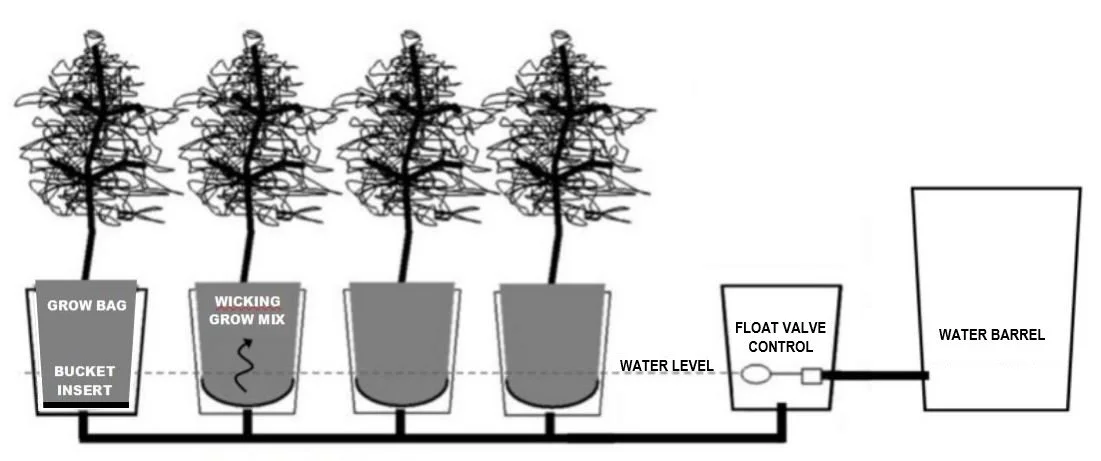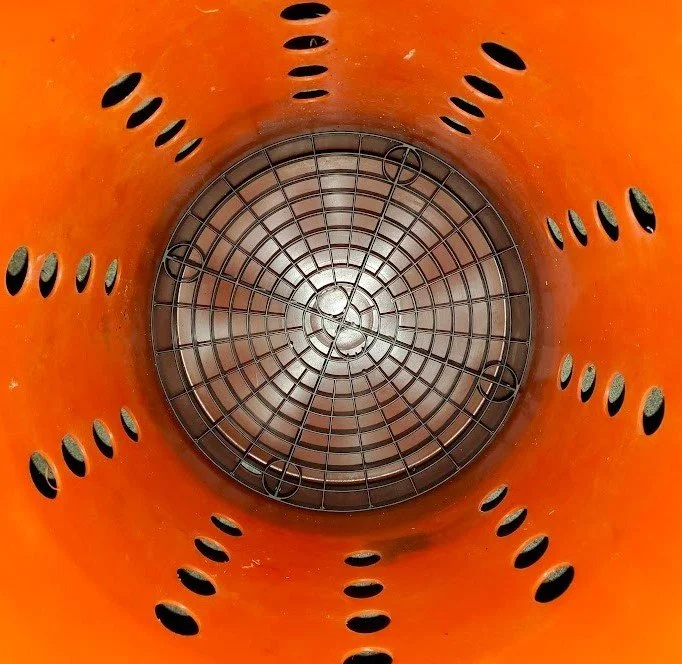The first key to this system is the grow mix. It must have a strong wicking property. Soil or compost will not work. A soilless mix with the correct properties works much better. I prefer a commercial product that contains Canadian Sphagnum peat, Perlite, Vermiculite, and dolomitic limestone. There are several Peat based soil-less growing mixes that work just fine. A 3.8 cubic foot bale should fill 6-8 five gallon Alaska Grow Buckets. You can mix your own but it should contain at least 50% Sphagnum peat + dolomite lime or Coco Coir and the addition of perlite and vermiculite are recommended.





